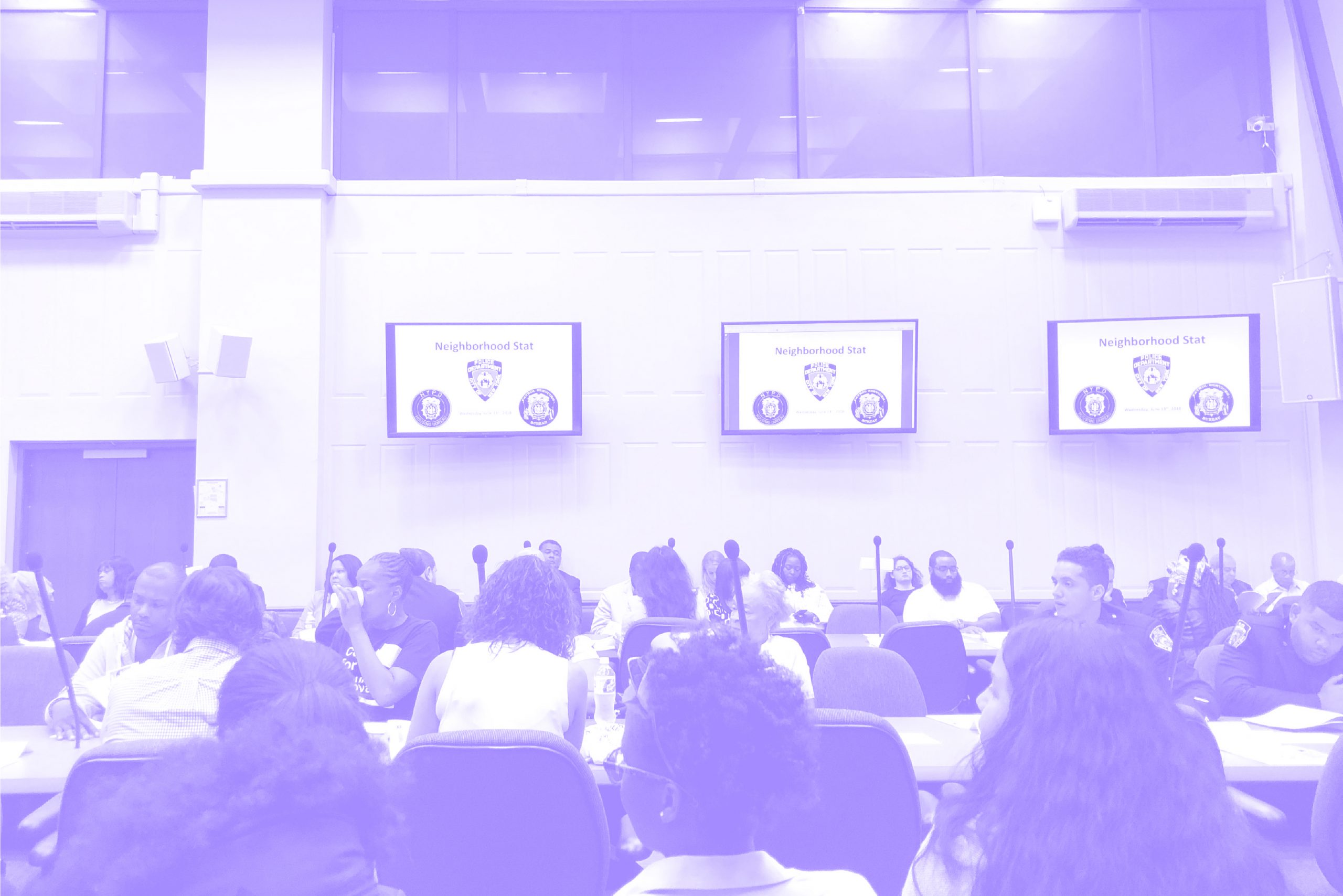Given the extremely heterogeneous character of Delhi’s public transport modes, the success and failure of transport strategies cannot be understood in composite terms. It is essential to examine the experiences of various modes. About 40 types of vehicles ply the roads, and about half of them are non-motorized. This includes the public modes such as rickshaws, pedicabs, rehris, thelas, buggys/tongas, inland boats, and ferries, as well as the private modes such as walking, bicycles, roller-skates, etc. While these diverse non-motorized transports are the dominant mode for the poor, they are also plagued with issues. They are usually unsafe, inefficient, and illegitimate, owing to the lack of policies to help integrate them into current transportation policies.
How might this diversity become part of the “smart cities” discourse that is prevailing in India with the recent outlay of Rs 98,000 (USD $15 billion) by the government to execute 100 Smart Cities? This was one of the many questions being addressed at CONNECTKaro, part of a global series of events focused on sustainable transport and urban development that the EMBARQ network organizes and hosts. CONNECTKaro 2015 was held on April 15-16 at India Habitat Centre, New Delhi, and centered around how inclusive transport strategies and improved mobility and access can become an integrated aspect of Smart Cities.
Over 350 experts, including government officials, policy-makers, and practitioners in the field of urban transport and urban planning, convened to participate in this international event. Several political leaders, senior bureaucrats, business leaders, and experts also attended the event. The discussion outlined the range of new technologies now available to enhance citizens’ mobility experience, stressing a reduced dependence on cars, and an enhanced focus on ensuring benefits for the majority of road users — pedestrians, cyclists, buses, trains, and mass transport users.
The speakers included Nitin Gadkari, Minister for Road Transport and Highways, who emphasized the importance of infrastructure and of a clean environment in Smart Cities. Manish Sisodia, Deputy Chief Minister, Government of Delhi, spoke about his vision for Delhi and the need for ensuring women’s safety and removing the stigma usually associated with public transport through education and awareness campaigns. The Mayor of Belo Horizonte, Marcio Lacerda, shared the polycentric cities model and drew parallels between the development challenges of India and Brazil.
The conference took place right around the controversial debate on the failure of the Bus Rapid Transport (BRT) Corridor in Delhi. The BRT corridor from Ambedkar Nagar to Moolchand in south Delhi was opened in April 2008 and was welcomed by environmentalists and several transport experts as a solution to Delhi’s traffic woes. However, poor implementation and bad planning resulted in massive traffic jams in lanes meant for buses, with private vehicles using the lanes to avoid traffic in the private car lanes. Due to the complaint of the Member of Legislative Assembly (MLA) of Greater Kailash, the flagship project of Delhi BRT is now in Cabinet waiting for its fate to be decided.
It is evident, both from the opinions of the experts at the CONNECTKaro conference and from the live case study of the BRT Corridor of Delhi, that unless there is integration of all dimensions — social, environmental and institutional — sustainable transport policy will be deeply hampered. We will keep losing out on development opportunities in spite of progressive strategies if they are badly planned and implemented.
This article was originally published on URB.im and is republished with permission. Photo Credit: Veeresh Malik



